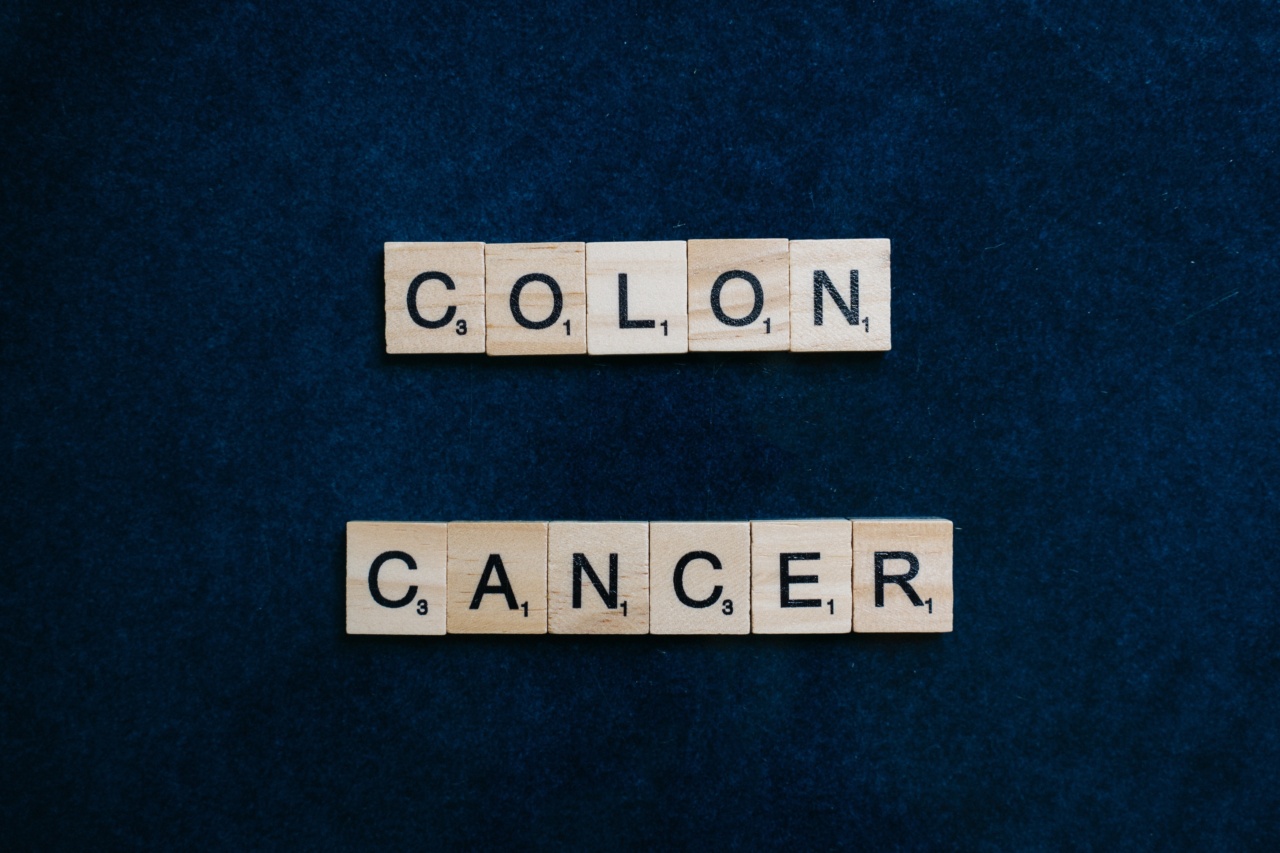Colon cancer is one of the most prevalent types of cancer in the world. The early detection of colon cancer is crucial as it can lead to better chances of survival. Colonoscopy is the traditional method of detecting and diagnosing colon cancer.
However, it is invasive, uncomfortable, and requires preparation that many people are not comfortable with. Fortunately, there are several alternative methods of detecting colon cancer that can be more comfortable and as reliable as colonoscopy.
Fecal Immunochemical Test (FIT)
Fecal immunochemical test (FIT) is a non-invasive screening test that can detect colon cancer by examining the stool sample of a person. FIT detects traces of blood in the stool, which can be a sign of colon cancer.
The FIT test is easy to use and does not require any preparation. The user needs to collect a small sample of their stool and send it to the laboratory for analysis. The results are usually available within a few days.
The FIT test is reliable, with high sensitivity and specificity rates of about 90%. A positive FIT test indicates the presence of blood in the stool, which could be an early sign of colon cancer.
However, a positive FIT test does not necessarily mean that a person has colon cancer. Further testing, including colonoscopy, may be required to confirm the diagnosis.
Virtual Colonoscopy
Virtual colonoscopy is a non-invasive imaging procedure that uses computed tomography (CT) or magnetic resonance imaging (MRI) to create detailed images of the colon and rectum.
Virtual colonoscopy is a comfortable alternative to traditional colonoscopy as it does not require the insertion of a scope into the rectum. The procedure is painless and takes about 30 minutes to complete.
The images produced by virtual colonoscopy are highly detailed and can detect small polyps or lesions that may be indicative of colon cancer. Virtual colonoscopy has a sensitivity rate of 85-95% and a specificity rate of about 90%.
Double Contrast Barium Enema (DCBE)
Double contrast barium enema (DCBE) is a non-invasive imaging procedure that uses X-rays to create images of the colon and rectum. A contrast agent and air are inserted into the rectum, which helps to create detailed images of the colon and rectum.
DCBE is a comfortable alternative to traditional colonoscopy, and the procedure takes about 30 minutes. However, it does require a preparation similar to that required for colonoscopy, including a clear liquid diet and bowel preparation.
The images produced by DCBE are highly detailed and can detect small polyps or lesions that may be indicative of colon cancer.
DCBE has a sensitivity rate of about 70%, which is lower than colonoscopy but higher than other non-invasive alternatives, such as FIT.
Capsule Endoscopy
Capsule endoscopy is a non-invasive imaging procedure that uses a small capsule with a camera to create images of the gastrointestinal tract.
The capsule is swallowed by the patient and travels through the digestive system, capturing images of the colon and rectum.
Capsule endoscopy is a comfortable alternative to traditional colonoscopy as it does not require the insertion of a scope into the rectum. The procedure takes about 30 minutes, and the patient can go home immediately after swallowing the capsule.
The images produced by capsule endoscopy are highly detailed and can detect small polyps or lesions that may be indicative of colon cancer.
Capsule endoscopy has a sensitivity rate of about 70-90%, depending on the size and location of the polyps or lesions.
Stool DNA Test
The stool DNA test is a non-invasive screening test that can detect colon cancer by examining the DNA of stool samples. The test looks for specific DNA markers that may be indicative of colon cancer.
The stool DNA test is easy to use and does not require any preparation. The user needs to collect a small sample of their stool and send it to the laboratory for analysis. The results are usually available within a few days.
The stool DNA test has a sensitivity rate of about 90%, and a specificity rate of about 88%. However, it is more expensive than FIT, virtual colonoscopy, or DCBE, and may not be covered by insurance, making it less accessible to many people.
Sigmoidoscopy
Sigmoidoscopy is a non-invasive imaging procedure that uses a scope to create images of the lower part of the colon and rectum. Sigmoidoscopy is similar to colonoscopy, but it requires less preparation and is less invasive.
Sigmoidoscopy does not require sedation, and the procedure takes about 30 minutes to complete. Sigmoidoscopy can detect polyps or lesions in the lower part of the colon, which may be indicative of colon cancer.
Sigmoidoscopy has a sensitivity rate of about 60%, which is lower than colonoscopy but still higher than non-invasive alternatives, such as FIT.
Sigmoidoscopy may be recommended for people who are not comfortable with colonoscopy but have a higher risk of colon cancer due to their age, family history, or other risk factors.
Conclusion
Colonoscopy is the traditional method of detecting and diagnosing colon cancer, but it is invasive, uncomfortable, and requires a preparation that many people are not comfortable with.
Fortunately, there are several alternative methods of detecting colon cancer that can be more comfortable and as reliable as colonoscopy.
The most common alternative methods of detecting colon cancer are FIT, virtual colonoscopy, DCBE, capsule endoscopy, stool DNA test, and sigmoidoscopy.
Each method has its advantages and disadvantages, and the choice of method depends on individual circumstances and preferences.




























